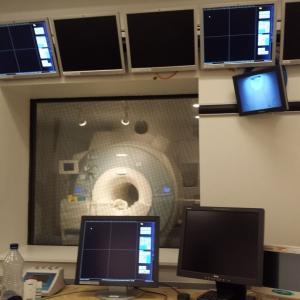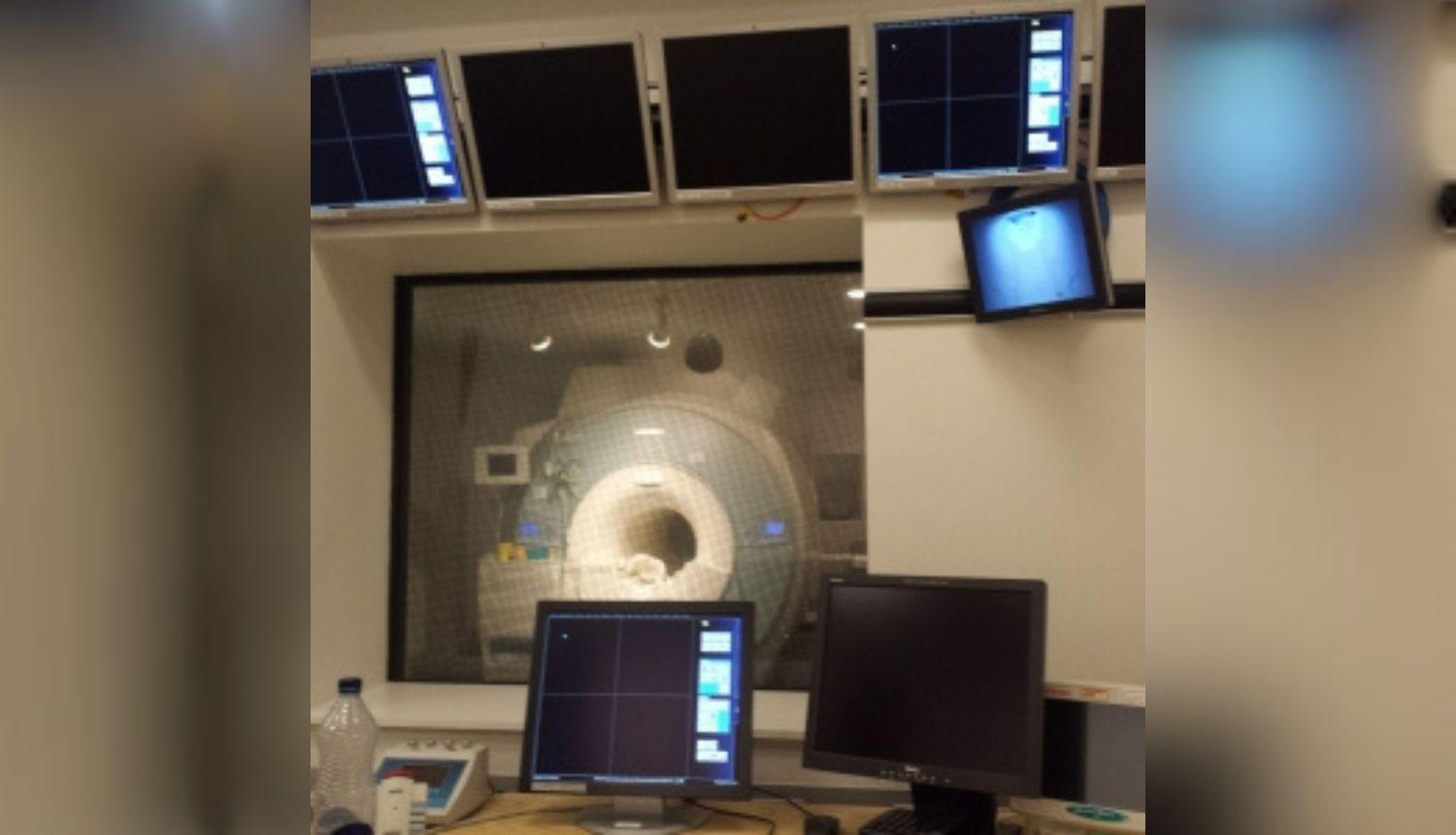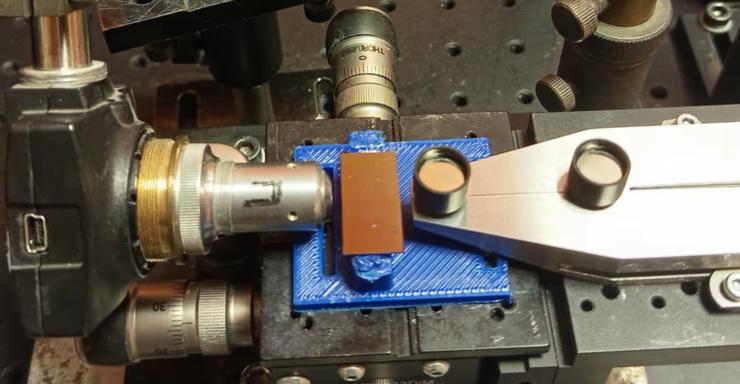Chemist Kristaps Jaudzems draws his inspiration from images and test tubes. Creating a “portrait” of a molecule, figuring out how to “persuade” it to behave differently, and then testing whether it works in the real world, this is how the leading researcher at the Institute of Organic Synthesis described his motivation for studying Alzheimer’s disease and spider silk fibres on the radio show In the Name of Science on Radio NABA.

What are your research interests?
I am fascinated by molecular structures, the spatial arrangement of atoms. The functions of life, as well as diseases, can be understood by examining three-dimensional models of the molecules involved and by trying to grasp what “tips” these models toward a beneficial or harmful direction.
In my view, Alzheimer’s disease is poised to become the pandemic of the future. We can diagnose it increasingly early, but truly effective, disease-modifying therapies are still lacking.
We study the molecular mechanisms underlying beta-amyloid aggregation in the brain. We try to “replicate this process in a flask” and use physical methods to determine exactly how its structure changes. The difficulty lies in the fact that these molecules have many possible transformation pathways, so we must identify the one that truly determines the progression of the disease.
As a researcher, I am inspired by images and test tubes. To draw a molecule’s “portrait,” figure out how to convince it to behave differently, and then test the idea in the real world, that is the essence of science, where medicine and chemistry go hand in hand. Interdisciplinarity brings new ideas. Discussions with clinicians reveal things I myself might have missed, while they benefit from molecular precision. New solutions are born from these “borderline conversations.”
What are the treatment strategies for this disease?
The most important breakthrough is that we can now study tiny amounts of patient tissue and observe how these substances appear in the “actual disease.” Then we compare this to what we have created in the lab. It is difficult to precisely replicate what happens in the brain, but we are getting closer.
After setbacks with “classical” drugs, the focus of treatment has shifted toward immunotherapy, active (vaccines that trigger antibody production in the body) and passive (lab-made antibodies administered to the patient). Several drug candidates are currently in clinical trials. Although the early signs are promising, we must admit we are still at the beginning of the process. The coming years will show whether this approach truly modifies the progression of the disease.
In the future, preventive drugs may emerge that stabilise the healthy form of the protein, preventing it from entering pathological states.
This would be a mechanism different from conventional therapies. By combining genetic, biochemical, and imaging data with artificial intelligence, we will be able to assess risk more accurately and choose the most suitable therapies for each patient. More and more experiments are shifting to computers because they save resources. But in the end, “real life” must still match the model. We usually simulate a single isolated step and then test in the laboratory whether it actually occurs that way.
Using Spider Silk Fibres in Science
What is spider silk?
Spider silk is one of nature’s most fascinating materials. It has exceptional mechanical strength, biological compatibility, and biodegradability. It is an ideal material for tissue regeneration, a kind of cellular “scaffold” that could even serve as the basis for artificial organs. The only problem is that spiders are cannibals; they cannot be farmed or milked. Spiders are not cows. Since they produce natural silk in only small quantities, we developed artificial spider silk.


